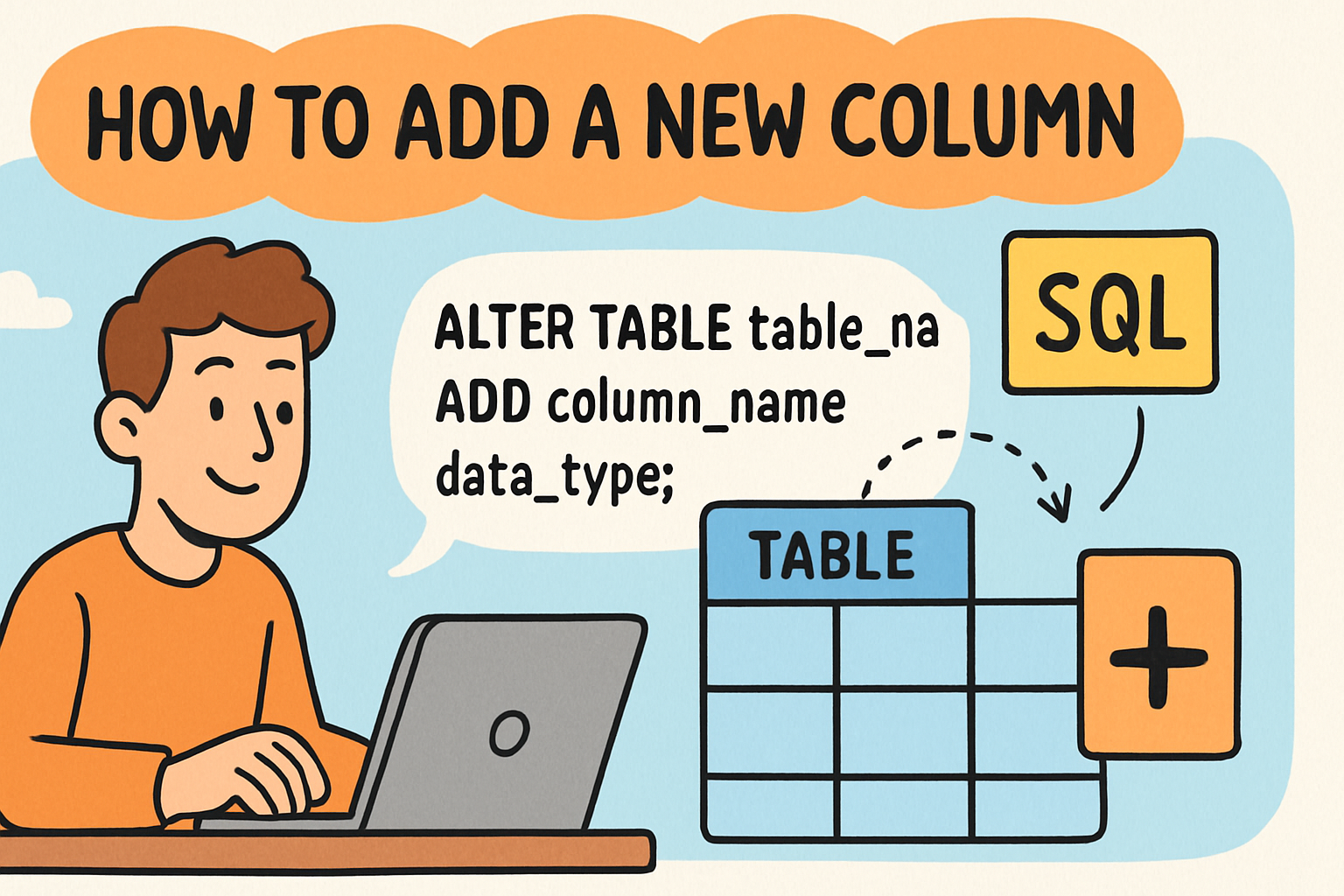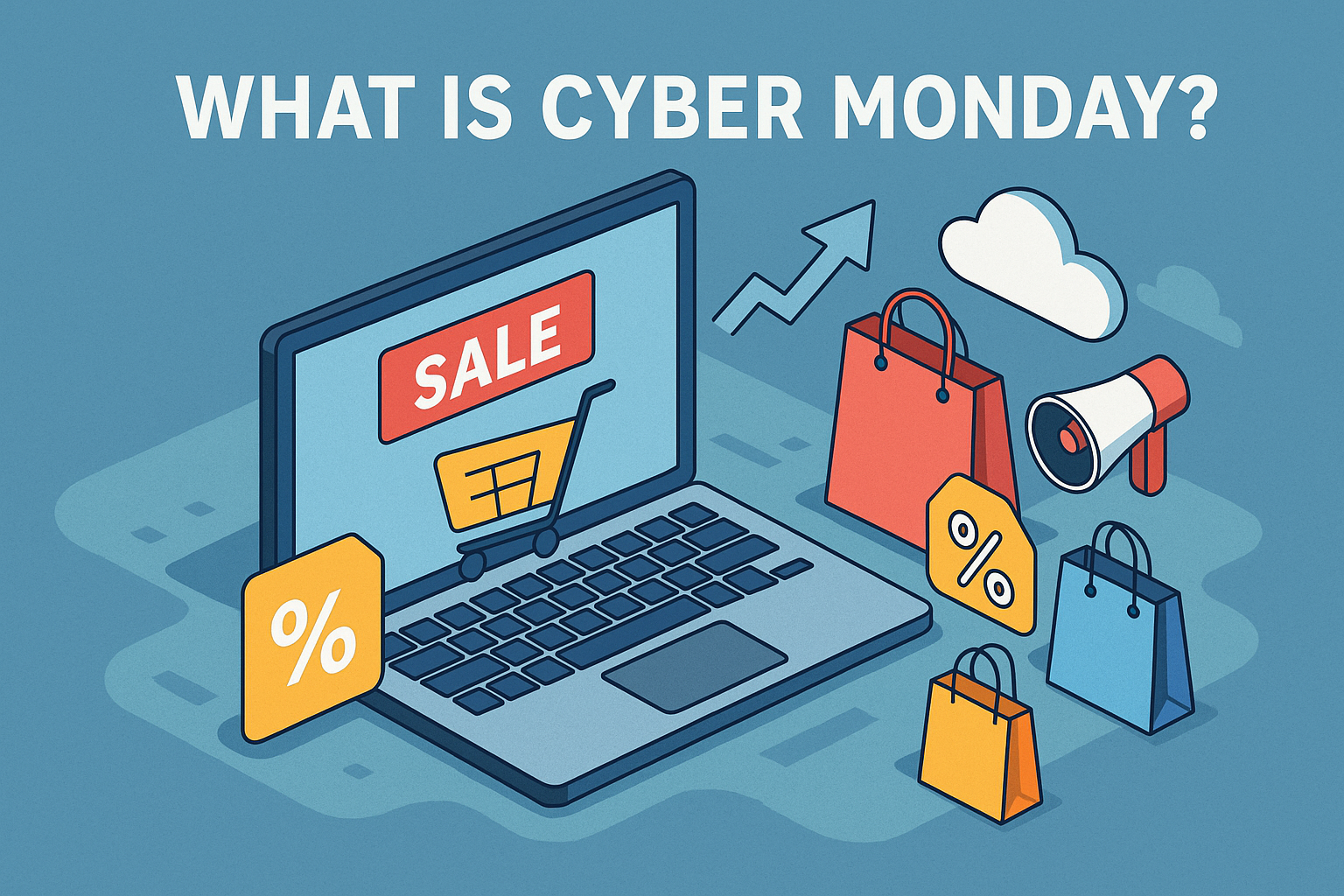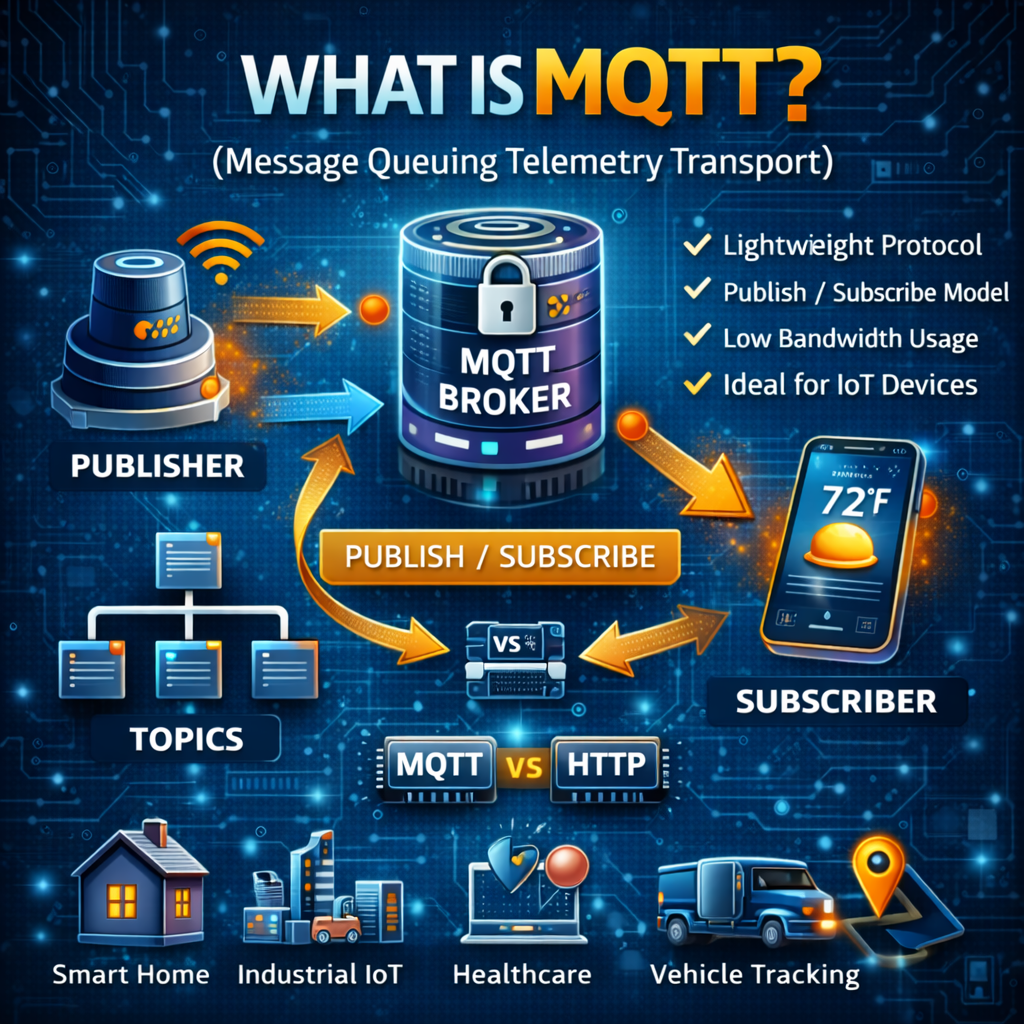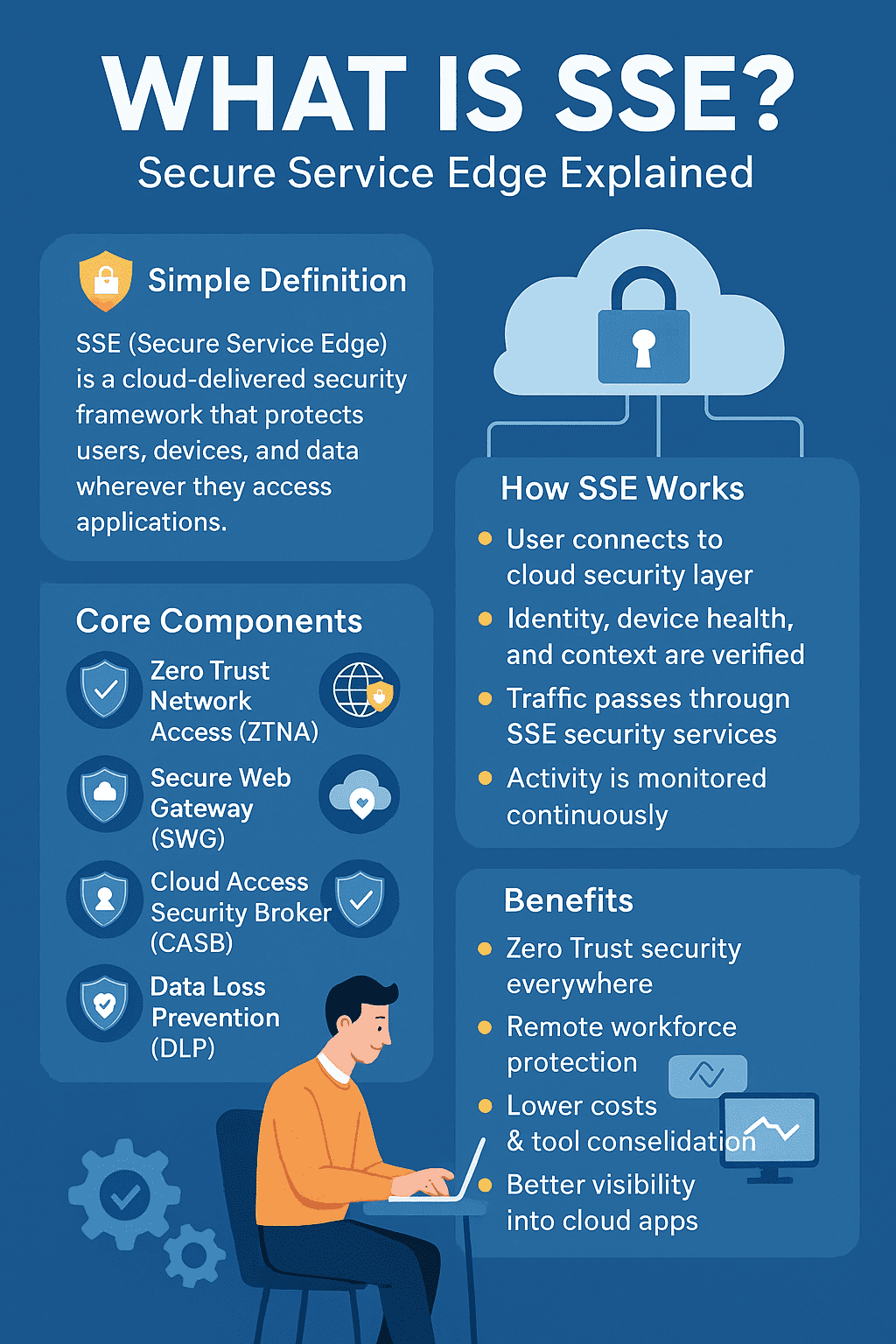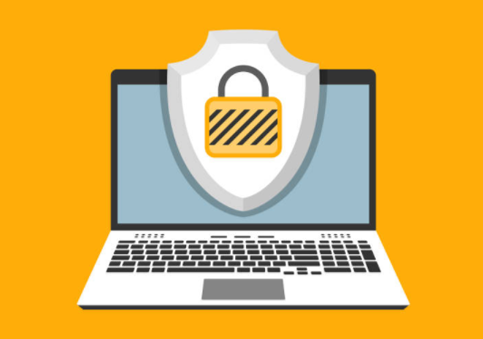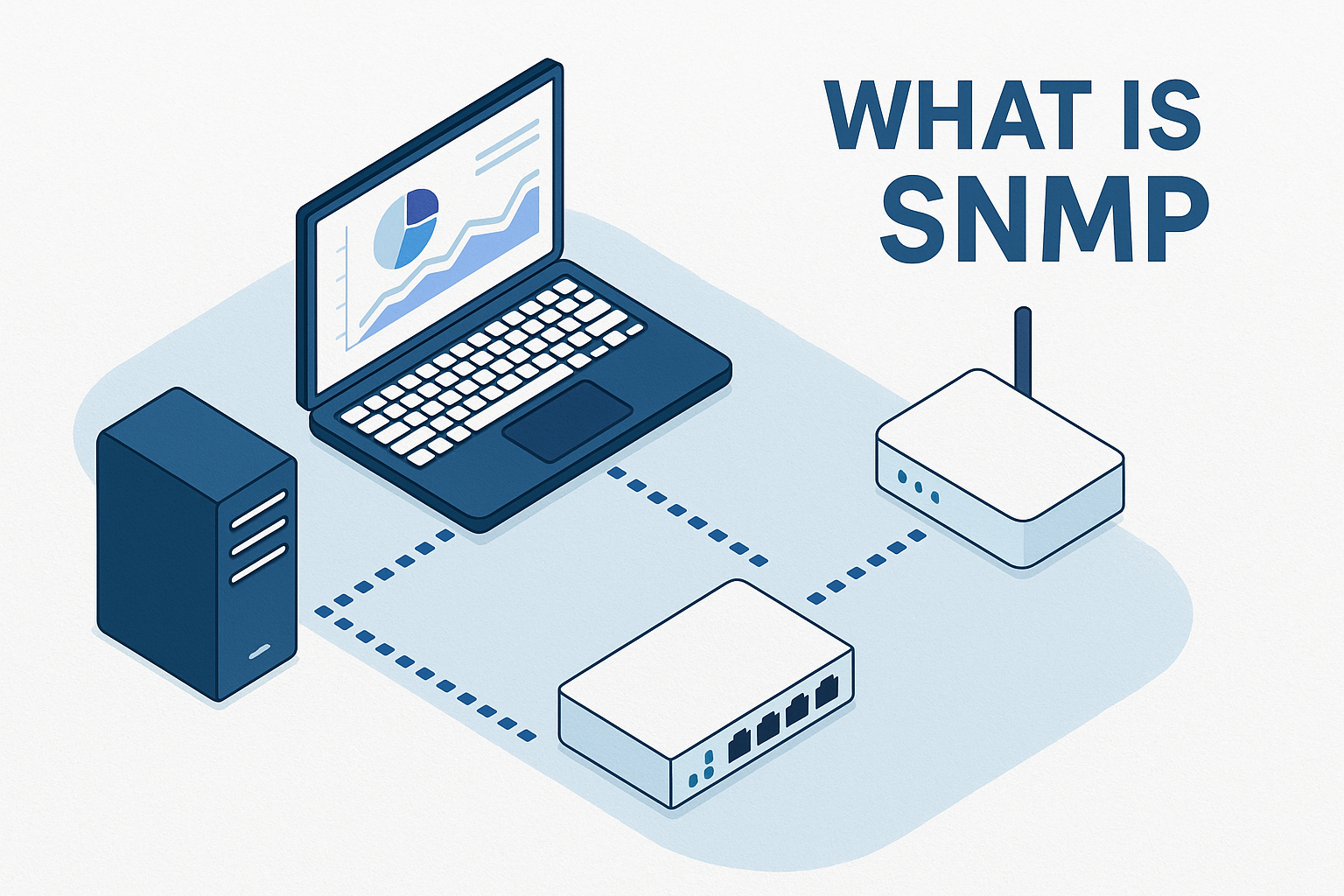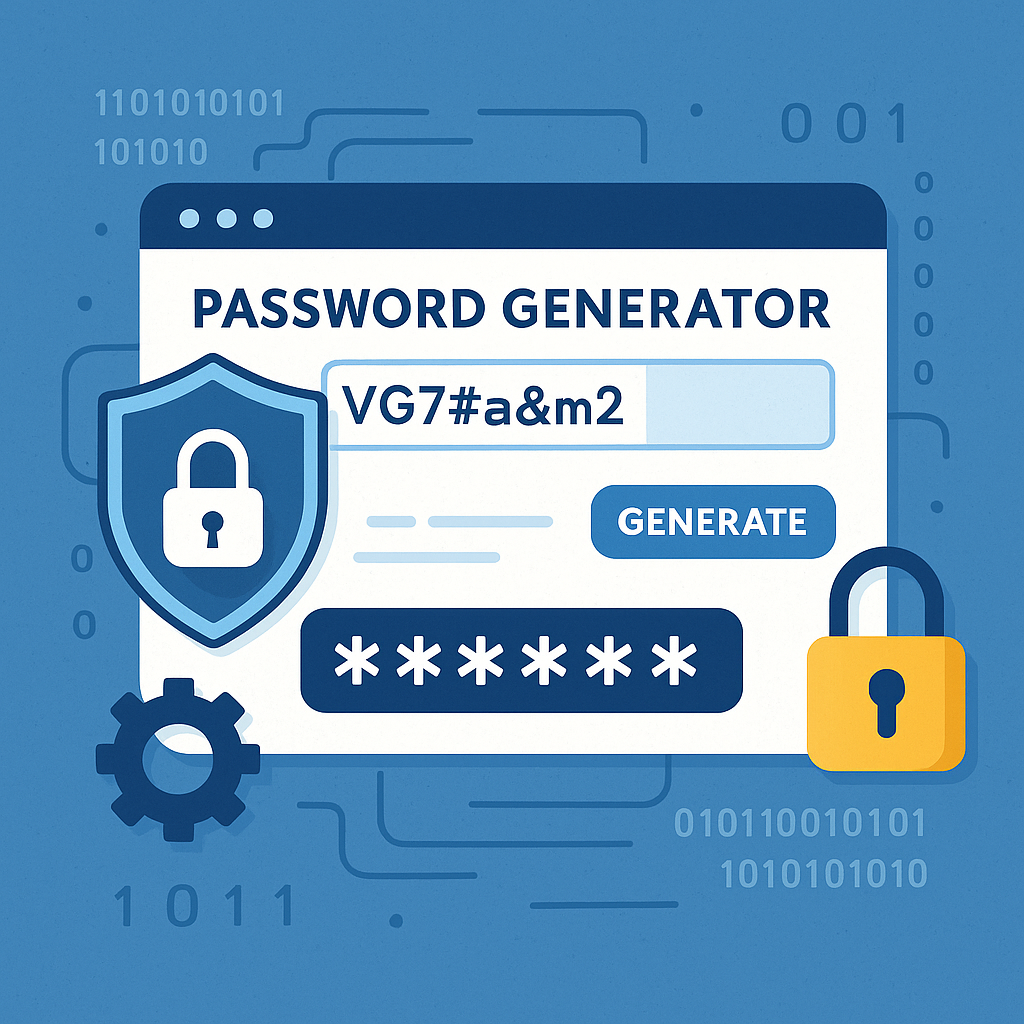What is a Model? A Complete Guide for Business and Cybersecurity Leaders
Updated on August 20, 2025, by Xcitium

In today’s fast-paced digital world, IT managers, CEOs, and cybersecurity professionals constantly encounter the term “model.” But what is a model, and why does it matter in business and technology?
A model can be a representation, framework, or system that simplifies complexity so we can analyze, predict, or optimize outcomes. Whether in cybersecurity, machine learning, or business operations, models help leaders make informed decisions. In fact, research from Gartner shows that by 2026, over 70% of enterprises will rely on AI-driven models to improve efficiency and reduce risks.
This guide explains what a model is, different types of models, and how they impact cybersecurity and business strategy.
What is a Model? The Core Definition
At its most basic, a model is a simplified representation of reality. It helps us understand, explain, or predict systems that may be too complex to analyze directly.
Key Characteristics of a Model:
- Representation: Models mirror real-world systems, processes, or data.
- Simplification: They strip away unnecessary detail for clarity.
- Predictive Power: Models help forecast outcomes.
- Decision Support: They guide strategy and risk management.
In cybersecurity and IT, a model can range from a data model in databases, to a machine learning model for threat detection, to a business model for organizational growth.
Types of Models in Business and Cybersecurity
When exploring what is a model, it’s important to recognize its different forms. Each type serves a unique purpose.
1. Business Models
A business model defines how a company creates, delivers, and captures value.
Examples:
- Subscription Model: SaaS platforms like Microsoft 365.
- Freemium Model: Security apps offering free basic versions.
- B2B Model: Cybersecurity firms providing services to enterprises.
For CEOs, business models shape competitive advantage and revenue streams.
2. Data Models
A data model organizes and structures data for easy storage, retrieval, and security.
- Conceptual Data Models – High-level view of how data relates.
- Logical Data Models – Detailed structures with rules and relationships.
- Physical Data Models – Technical implementation within databases.
In cybersecurity, secure data models ensure compliance with GDPR, HIPAA, and PCI-DSS.
3. Cybersecurity Models
Cybersecurity relies heavily on models to assess risks, design defenses, and detect threats.
- Zero Trust Security Model – Trust no device or user until verified.
- CIA Triad Model – Focuses on Confidentiality, Integrity, Availability.
- Access Control Models – RBAC (Role-Based Access Control), MAC (Mandatory Access Control).
For IT managers, cybersecurity models are frameworks for protecting digital assets.
4. Machine Learning & AI Models
AI models use algorithms to analyze patterns, make predictions, or detect anomalies.
- Classification Models – Detect phishing emails.
- Regression Models – Predict system loads.
- Neural Networks – Power advanced threat detection.
Example: A machine learning model can detect malware behavior before it spreads across networks.
5. Process Models
Process models describe workflows, operations, and optimizations.
- ITIL Framework – For IT service management.
- Business Process Modeling (BPM): Helps visualize operations to improve efficiency.
For executives, process models highlight inefficiencies and reduce risks.
Why Models Are Essential in Cybersecurity
When it comes to cybersecurity, models are more than theory—they’re frontline tools for resilience.
Benefits of Using Models in Security:
- Threat Prediction: AI models anticipate attacks before they happen.
- Risk Assessment: Cybersecurity models highlight vulnerabilities.
- Compliance: Data and security models enforce industry regulations.
- Decision-Making: Business models guide investment in security tools.
For example, the Zero Trust model has become the standard for remote workforce security, ensuring employees are authenticated and authorized at every access point.
Real-World Applications of Models in IT & Security
- Cybersecurity Operations – SOC teams use AI models for threat detection.
- Cloud Security – Access control models manage multi-cloud permissions.
- Data Compliance – Data models ensure healthcare organizations remain HIPAA-compliant.
- Business Growth – CEOs use business models to pivot strategies during disruptions.
- Incident Response – Risk models help IT managers prioritize threats effectively.
How to Evaluate the Right Model for Your Organization
When leaders ask, what is a model for my business, the real challenge is choosing the right one.
Factors to Consider:
- Purpose: Is it for security, growth, or operations?
- Scalability: Can the model grow with your business?
- Complexity: Balance simplicity with accuracy.
- Compliance: Does it align with regulatory frameworks?
- Technology: Does it integrate with AI or automation tools?
Pro Tip: Use hybrid models—like combining business models with cybersecurity frameworks—to balance profit and protection.
Challenges of Relying on Models
While models are powerful, they aren’t perfect.
- Over-Simplification: Missing details can lead to flawed decisions.
- Bias in AI Models: Machine learning models inherit bias from training data.
- Misconfiguration Risks: Poorly designed security models create vulnerabilities.
- Cost & Resources: Some models require advanced infrastructure.
That’s why IT leaders must continuously test, validate, and refine models.
Best Practices for Building & Using Models
- Start with Clear Objectives – Define why the model is needed.
- Incorporate Real Data – Accuracy depends on high-quality inputs.
- Test & Validate Regularly – Prevent drift or outdated assumptions.
- Automate Where Possible – Use AI to keep models adaptive.
- Align with Business Goals – Ensure cybersecurity models support revenue and compliance.
FAQ: What is a Model?
Q1: What is a model in simple terms?
A model is a simplified representation of reality that helps us understand or predict complex systems.
Q2: What is a model in cybersecurity?
It’s a framework (like Zero Trust or CIA Triad) that helps IT teams secure networks and data.
Q3: What is a model in AI?
An AI model is an algorithm trained to recognize patterns and make predictions from data.
Q4: How do business models differ from AI models?
Business models define revenue strategies, while AI models process data for predictions or automation.
Q5: Why are models important for CEOs and IT managers?
They simplify decision-making, improve efficiency, and strengthen security strategies.
Conclusion: Models Drive Modern Business & Security
So, what is a model? It’s more than just a definition—it’s a tool for clarity, decision-making, and innovation. From business models that shape revenue to cybersecurity models that protect data, models provide a strategic foundation for modern enterprises.
For IT managers, models enable structured approaches to risk. For cybersecurity teams, they predict and prevent threats. And for CEOs, models create a roadmap for resilience and growth.
👉 Ready to apply models in your cybersecurity strategy? Request a demo with Xcitium today and explore enterprise-grade solutions tailored for your business.





